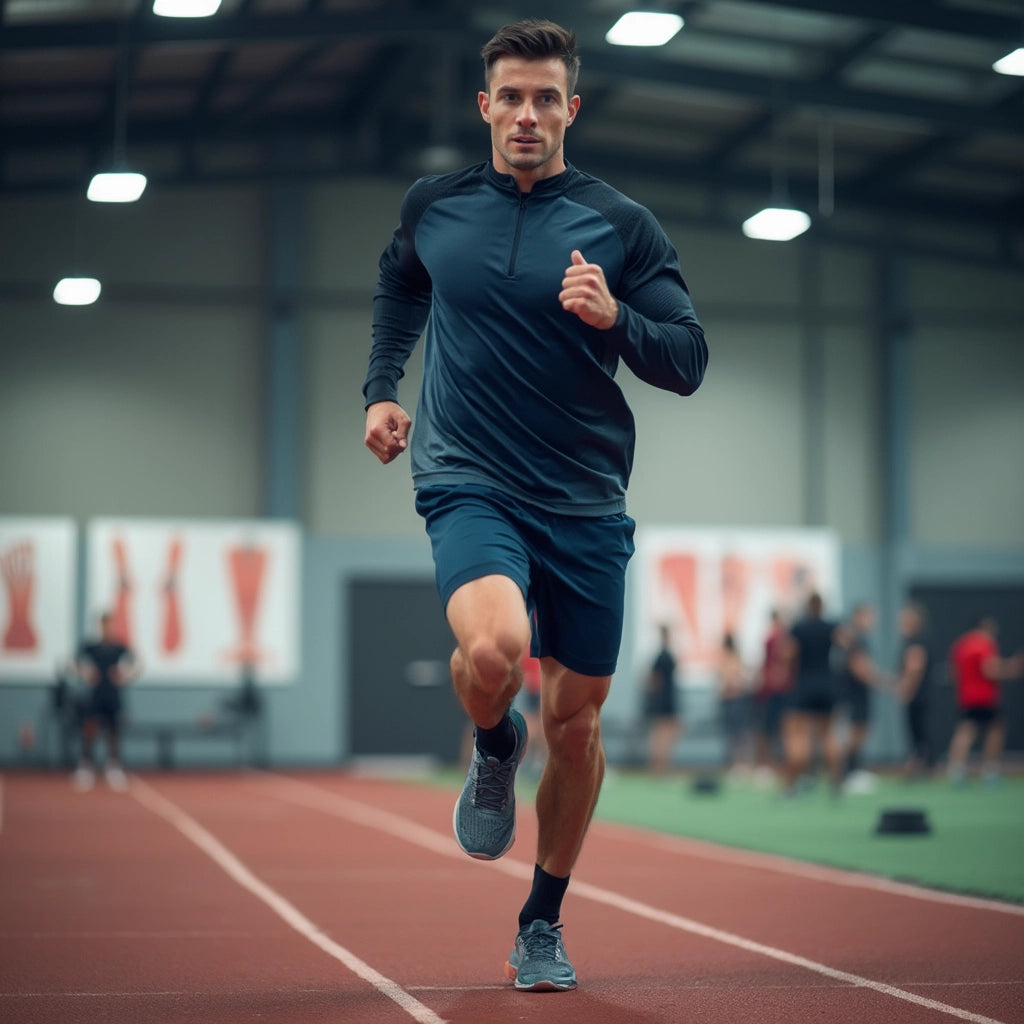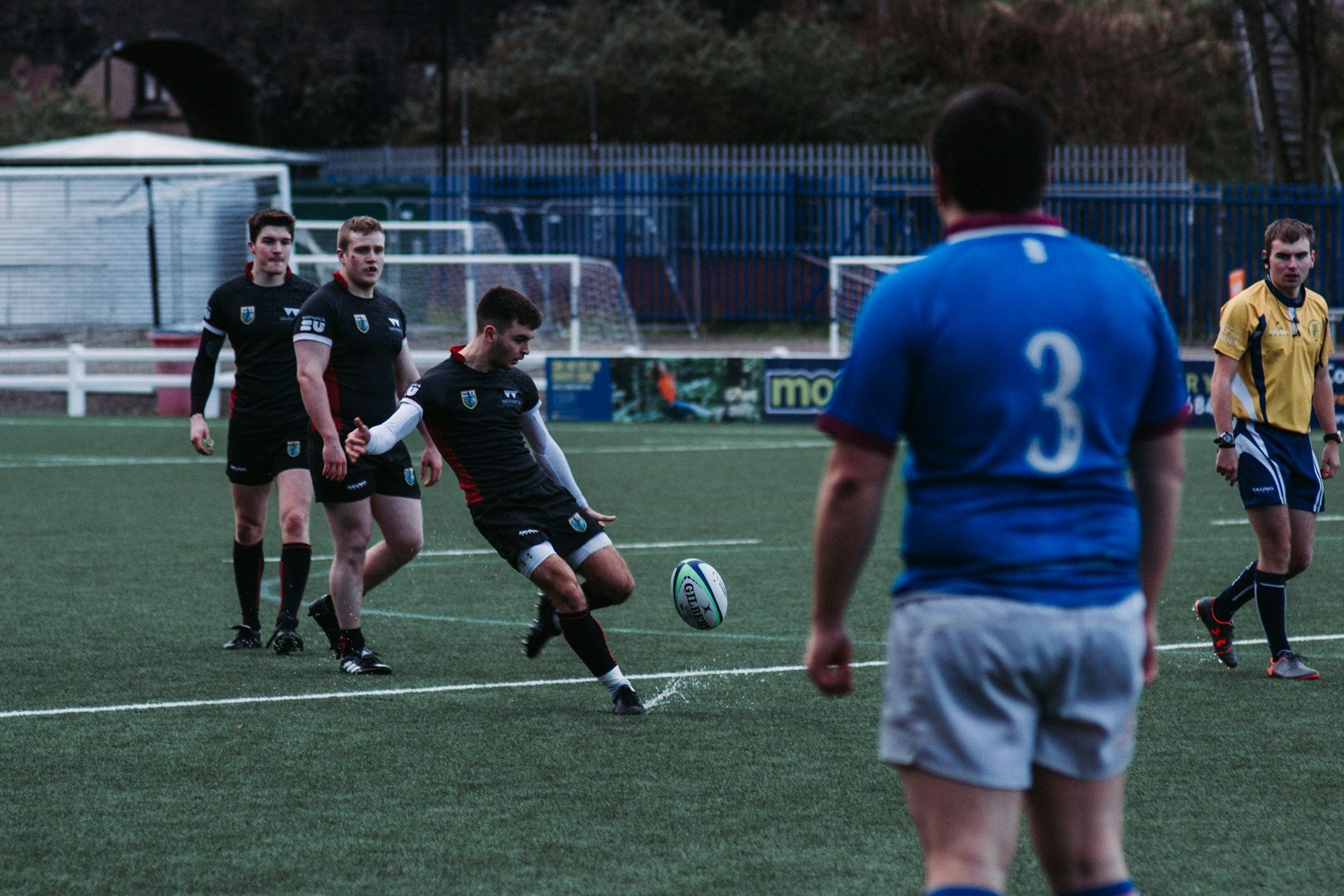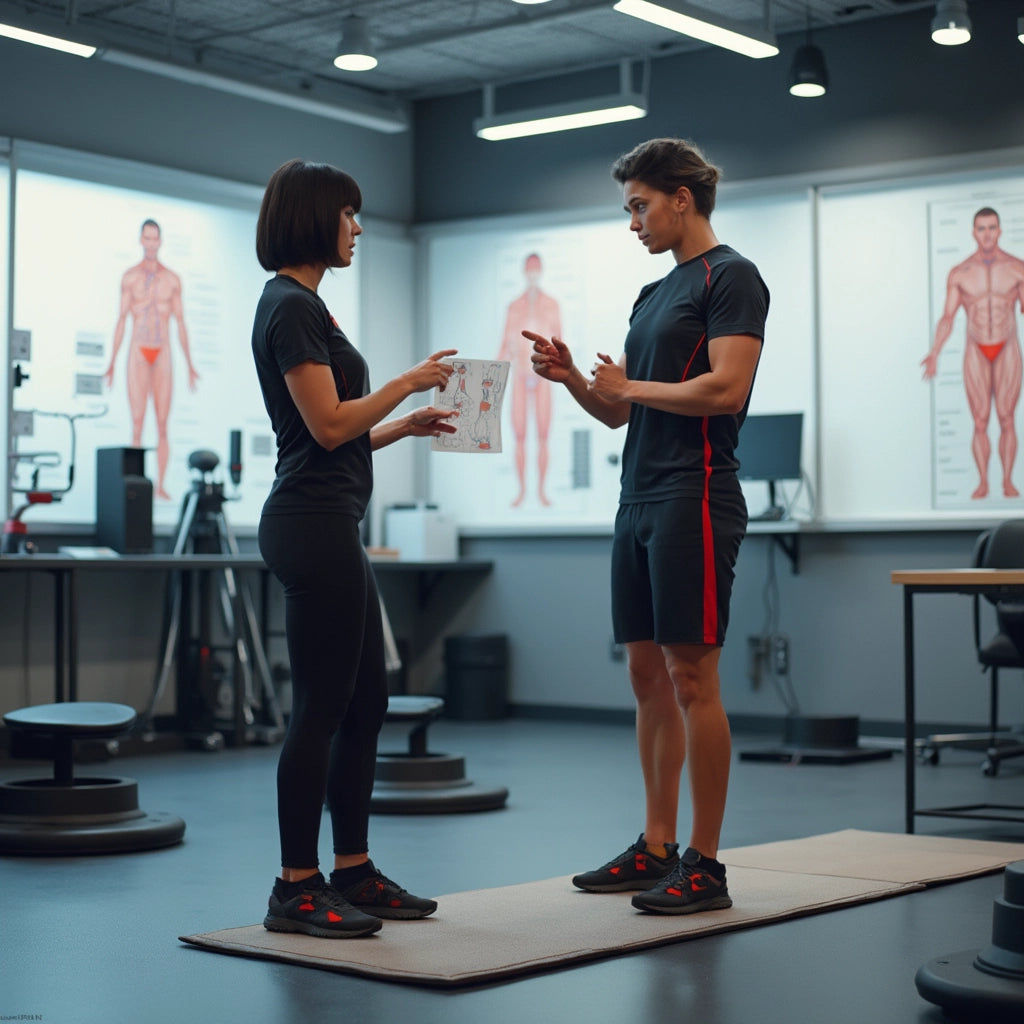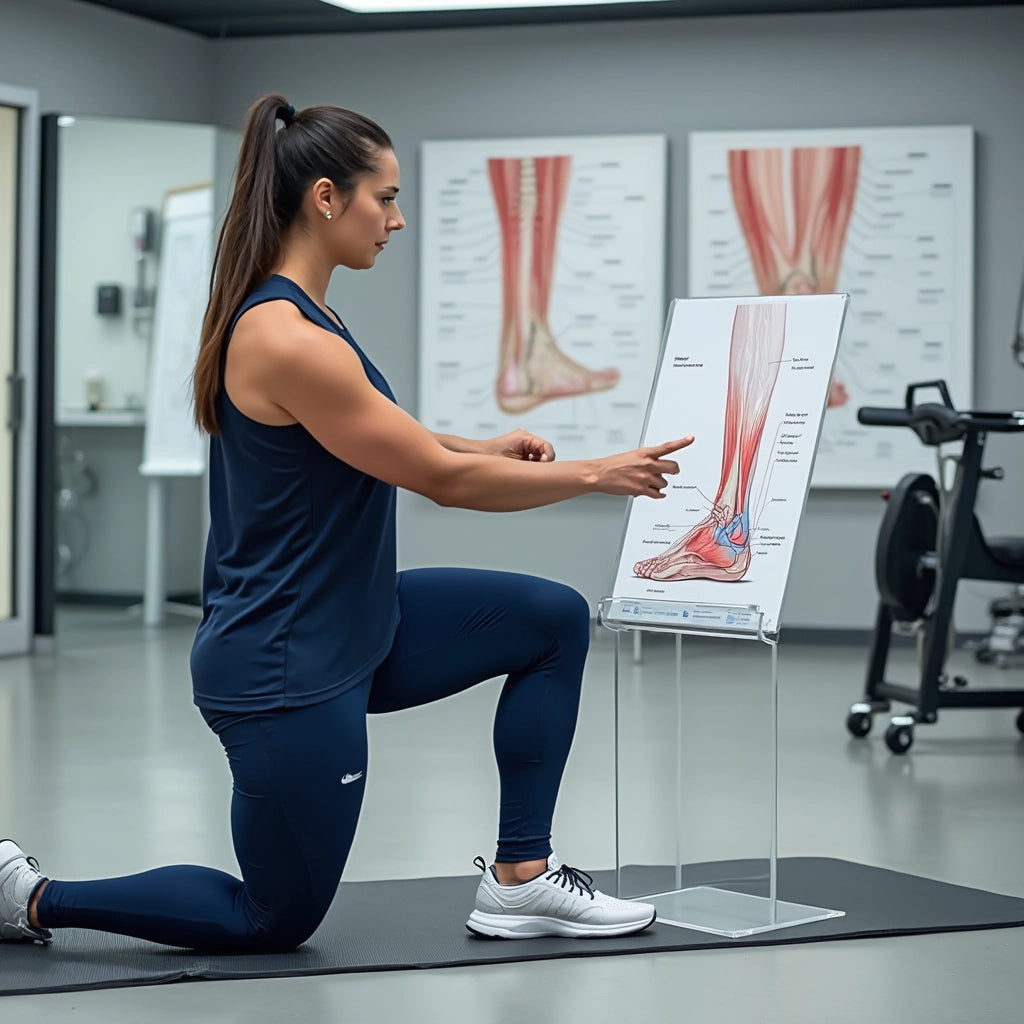Mastering Foot Strike Mechanics: Key to Enhancing Athletic Performance and Reducing Injuries
Understanding the intricacies of foot strike mechanics is essential for athletes aiming to elevate their performance and minimize injury risks. This exploration delves into how the way your feet interact with the ground can significantly shape your success in sports, while also safeguarding your joint health for the long haul.
The Science Behind Foot Strike Patterns
Foot strike patterns—whether you identify as a heel striker, midfoot striker, or forefoot striker—are fundamental in determining force distribution across your kinetic chain. Research illuminates how these diverse strike patterns can influence factors ranging from running efficiency and speed to stress levels on your ankles, knees, and hips.
Impact of Different Strike Patterns
- Forefoot Striking: This style often generates less impact force compared to heel striking, potentially shielding you from specific injuries.
- Heel Striking: While it’s common, it tends to elevate the impact stress on your joints.
It's crucial to acknowledge that there isn’t a universally “correct” foot strike pattern. The ideal mechanics depend on personal aspects, such as your sport, body build, and training aims.
Key Factors Influencing Foot Strike Mechanics
Athletes must consider several variables that affect how their feet strike the ground:
- Running Surface and Terrain: Different terrains necessitate adjustments in foot strike mechanics.
- Footwear Choices: The structure and cushioning of your shoes can significantly alter your strike pattern.
- Training Intensity: High-intensity sessions may encourage different mechanics compared to slow, steady runs.
- Fatigue Levels: As you tire, your form can deteriorate, altering your foot strike mechanics.
- Individual Biomechanics: Your unique physiological makeup is a determinant factor.
Strategies to Optimize Your Foot Strike Mechanics
Enhancing your foot strike can enhance your power output and energy efficiency, building a sustainable athletic future. Here are strategies to consider:
1. Gait Analysis and Professional Assessment
Consider undergoing a thorough gait analysis. By working with professionals, you gain valuable insights into your current mechanics, allowing for tailored improvements.
2. Targeted Strength Training
Engaging in strength training focused on foot and ankle stability is invaluable. Stronger muscles provide better support and reduce injury risks.
3. Proper Footwear Selection
Choosing the right footwear is crucial. Ensure your shoes provide the support and comfort needed for your chosen foot strike pattern.
4. Progressive Training Adaptation
Gradually adjusting your training allows your body to steadily adapt, optimizing performance while mitigating injury risks.
5. Form Focus During Fatigue
Maintaining proper form even when fatigued can be challenging yet rewarding, protecting against compensatory injuries.
Implementing Changes Safely
Adjustments to your foot strike should be gradual. Abrupt changes can lead to compensatory injuries, undermining the very progress you seek. By collaborating with knowledgeable professionals, you ensure that shifts in mechanics are both effective and safe.
The secret to advancing your performance lies not only in dedication but in understanding and mastering the mechanics that propel you forward.
Conclusion
Optimizing foot strike mechanics really matters for athletes who face significant impact, like runners or basketball and tennis players. By knowing and improving on these mechanics, you can boost your power, cut energy wastage, and strengthen your sports foundation.
Have you implemented strategies to optimize your foot strike mechanics? Share your experiences or questions in the comments! For more insightful content, explore how personalized approach to athletic equipment can enhance your performance by visiting custom socks uk.









